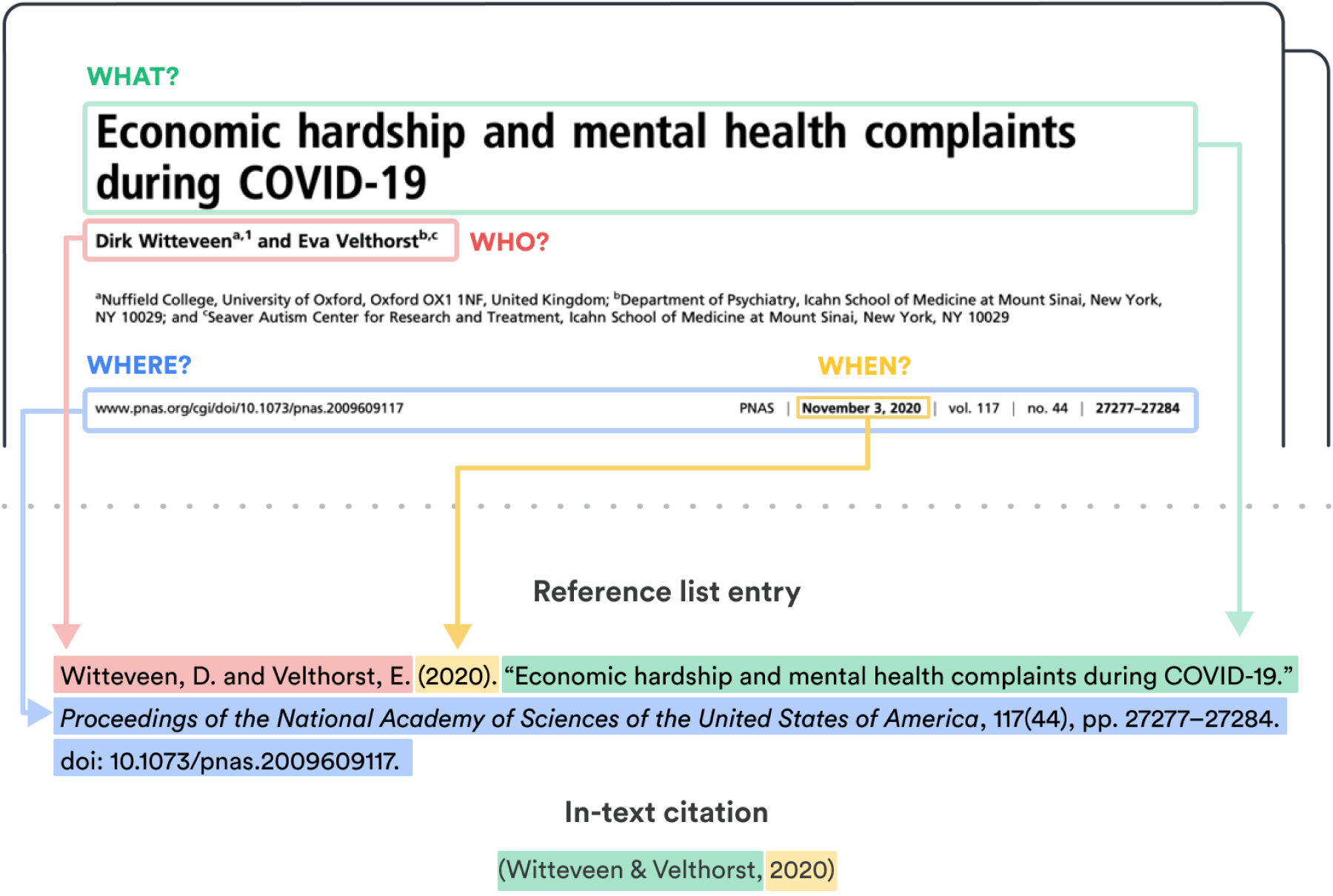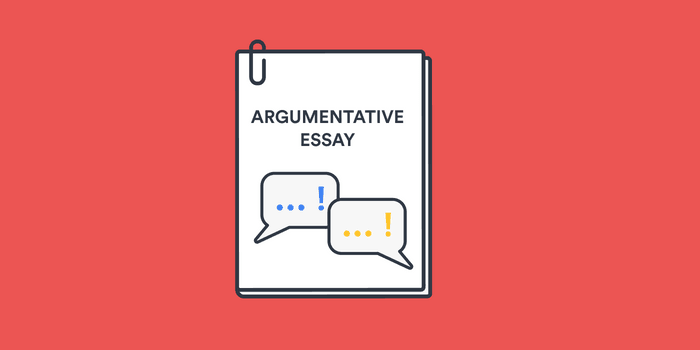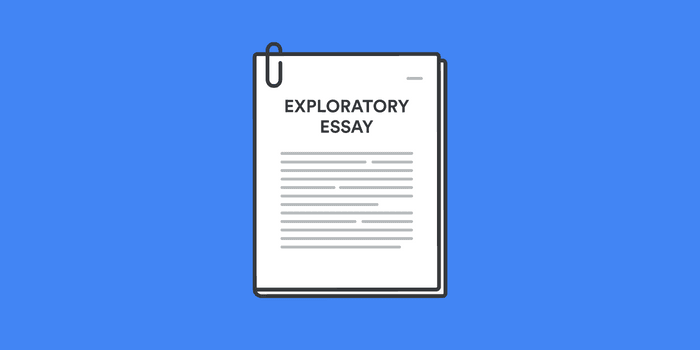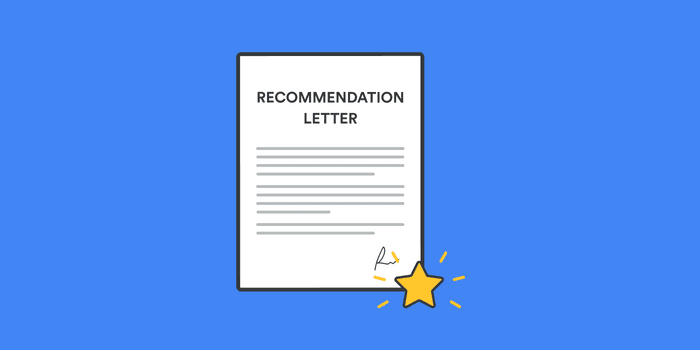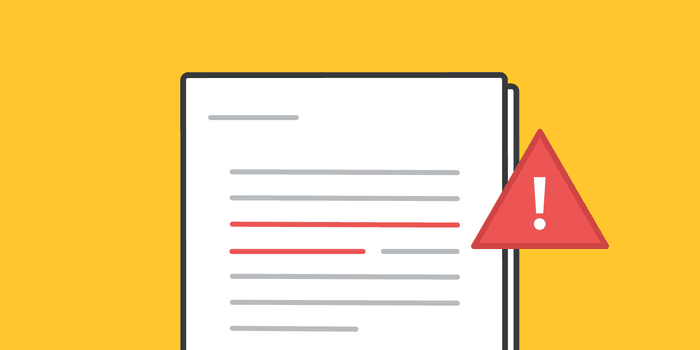BibGuru Harvard Referencing Generator
Cite websites, books, articles, ...

Stress-free and accurate references with the BibGuru Harvard reference generator
| 🚀 Fast | 👌 Simple and intuitive interface |
| 🎓 Cite in Harvard and many other styles | 🥇 Most accurate citation data |
Getting references done correctly can be very confusing and time-consuming. We have created BibGuru to help you focus on the content of your work instead of worrying about how to complete your reference list correctly. We believe that students should not waste their time entering data manually or lose grades on incorrect bibliographies.
BibGuru is a simple and fast Harvard reference generator specifically designed for students. Its powerful search bar allows you to search for books, websites, and journal articles and add them directly to your bibliography. Start citing here:

I want to cite a ...
The complete guide to citing in Harvard
When you reference a work, you are acknowledging other people's contributions to your research. References can provide key background information, support or dispute your thesis, or offer important definitions and data. Referencing also shows that you have personally read the work.
When using the Harvard referencing style, you identify the sources you have used by citing them in text, enclosing partial citations within parentheses embedded in the text, either within or after a sentence. This referencing system is called the author-date system.
The in-text citations are followed by a full, alphabetised list of references in an end section. We will explain this in further detail below with plenty of examples.
Citing can be very complex, which is why we have created the BibGuru Harvard reference generator to help you focus on the content of your work instead of worrying about how to get your reference list done correctly.
Learn everything you need to know about Harvard citations on this page and in our Harvard citation guide. This guide is based on the 11th edition of Cite Them Right.
What is Harvard referencing?
The Harvard style is one of the most widely used referencing styles in the world. This is most likely due to its simplicity and ease of use. There is no official manual, but many institutions offer their own Harvard reference style guides, which of course leads to slight nuances when it comes to punctuation and formatting rules.
The Harvard referencing style uses the author-date system for in-text citations, which means the author's surname and the year of publication in round brackets are placed within the text. If there is no discernible author, the title and date are used.
The reference list outlines all the sources directly cited in your work. It should be ordered alphabetically by the surname of the first author of each work. References with no author are ordered alphabetically by the first significant word of the title. Only the initials of the author's given name are used, with no full stop and space between the initials.
Here is an example:
EXAMPLEIn-text citation
There are five strategies to implement Diversity Management in companies (Cox, 2001).
EXAMPLEReference list
Cox, T. (2001). Creating the multicultural organization. 1st ed. San Francisco: Jossey-Bass, p.50.
How do I reference in Harvard?
When you cite you are referring to someone else's work or ideas in your text. In-text references give brief details of the work that you are quoting from, or which you are referring to, in your text. These references will then link to the full reference in the reference list at the end of your work. Footnotes or Endnotes are not used in the Harvard or other author-date citation styles.
When citing in-text, provide the author's surname and date of publication in brackets right after the borrowed information or at the end of the sentence. If you have already mentioned the author's name in the text, you only need to place the date of publication in brackets directly after where the author's surname is mentioned.
If you are only quoting a particular section of the source, instead of the whole book, you should also include a page number or range after the publication date. If the book has more than four authors, you do not need to write out all of their surnames. Use the first author’s surname followed by the abbreviation ‘et al.’, which means 'and others'.
The reference list at the end of your work should start on a new page and be arranged in alphabetical order. Italicise the titles of books, reports, etc. Beware that for journal articles, the name of the journal should be italicised instead of the title of the article you are citing. Make sure to capitalise the first letter of the publication title, the first letters of all main words in the title of a journal, and all first letters of a publication place and publisher.
Helpful resources on Harvard style
From our blog
More Bibguru Harvard guides
General Guides (UK)
- Dundalk Institute of Technology Library
- Anglia Ruskin University Library
- University of York Library
- Birmingham City University Library
- University College, London Library
- Imperial College, London Library
- University of Bolton
General Guides (Australia)
Cite Them Right Specific Guides
FAQs
🙋♂️ Is the Harvard citation style the same as APA?
The APA style is a variant of the Harvard style. Both styles use author-date references in brackets right after the borrowed information or at the end of the sentence, and full references in the reference list. There are a few differences between APA and Harvard, you can learn more about them here.
🌸 Is the Harvard referencing style double-spaced?
Your Harvard paper should be double-spaced with smooth left margins. The Harvard Reference list is double-spaced too.
📎 Do you indent the Reference list in Harvard style?
The Reference list is alphabetised by the author's surname and is double-spaced with a hanging indent, meaning that all but the first line have an indent. The margin can vary depending on your institution, but in general is 0.5.
🔢 How do you write numbers in Harvard style?
In general, numbers below 101 should be spelled out. The same goes for large round numbers like "one thousand" or "twenty thousand", although 250,000 would be too long to spell out. Very large numbers, like 4.3 billion, should be expressed in figures. What is most important though is consistency. However, you choose to express numbers, be consistent with them throughout your paper. You can read more about this here.
📙 Do you use footnotes for Harvard referencing?
The Harvard citation style uses the author-date system for in-text references, which means the author's surname and the year of publication in round brackets are placed within the text, not in footnotes. Only use footnotes within a Harvard formatted paper for explanatory notes that would not detract from the text, if necessary.
